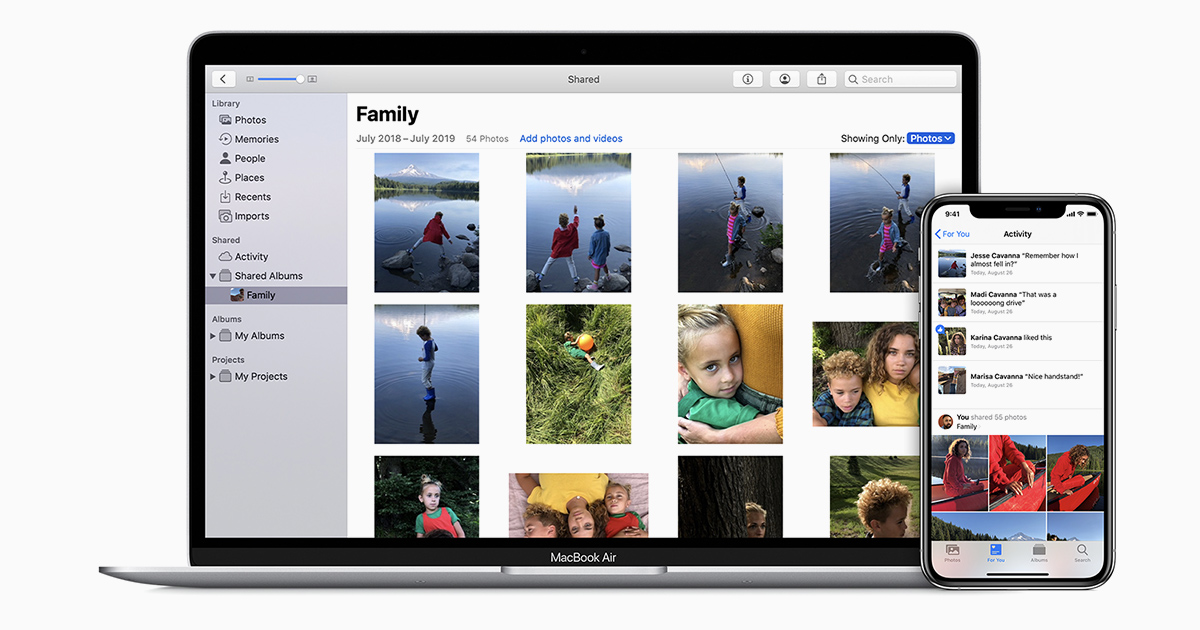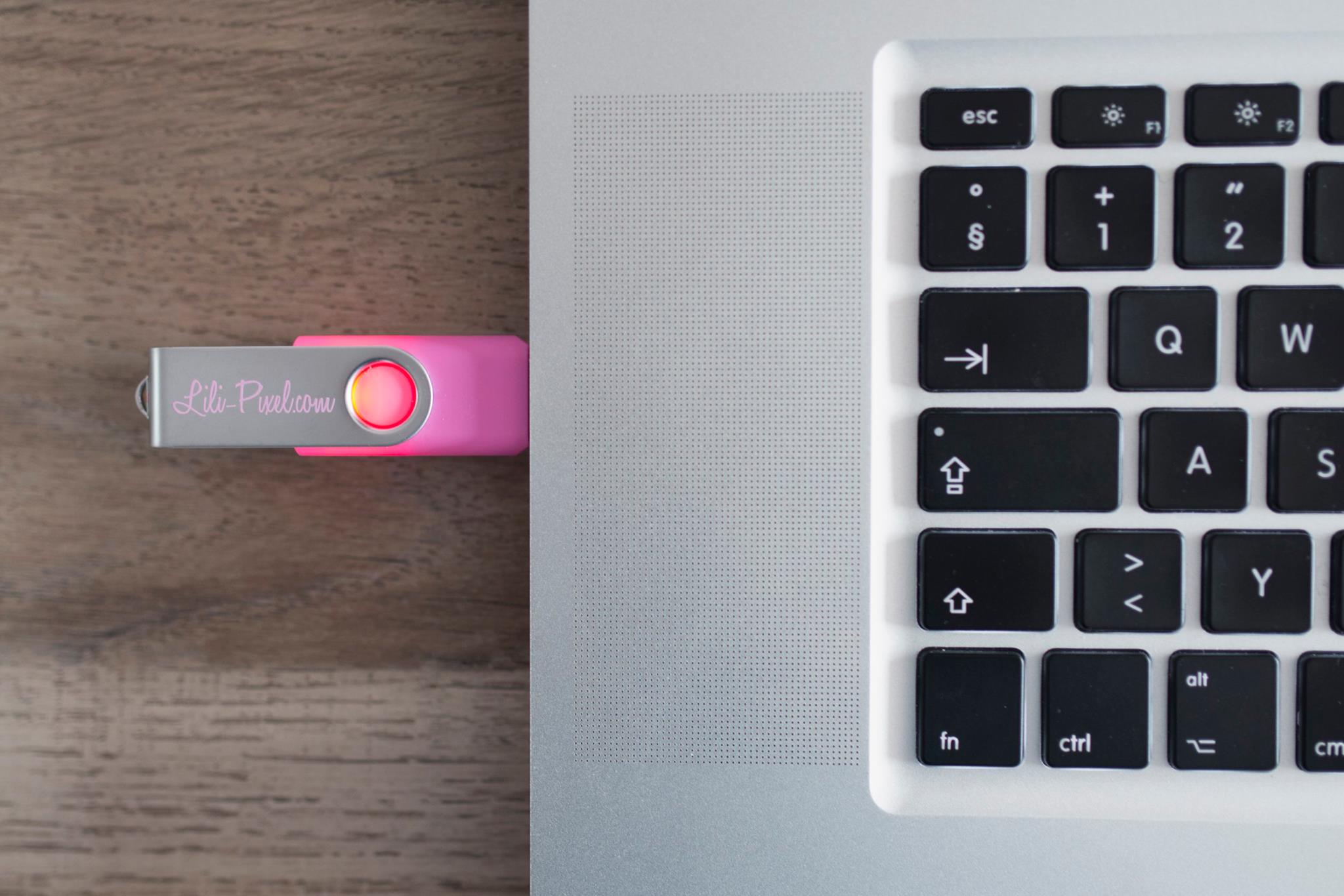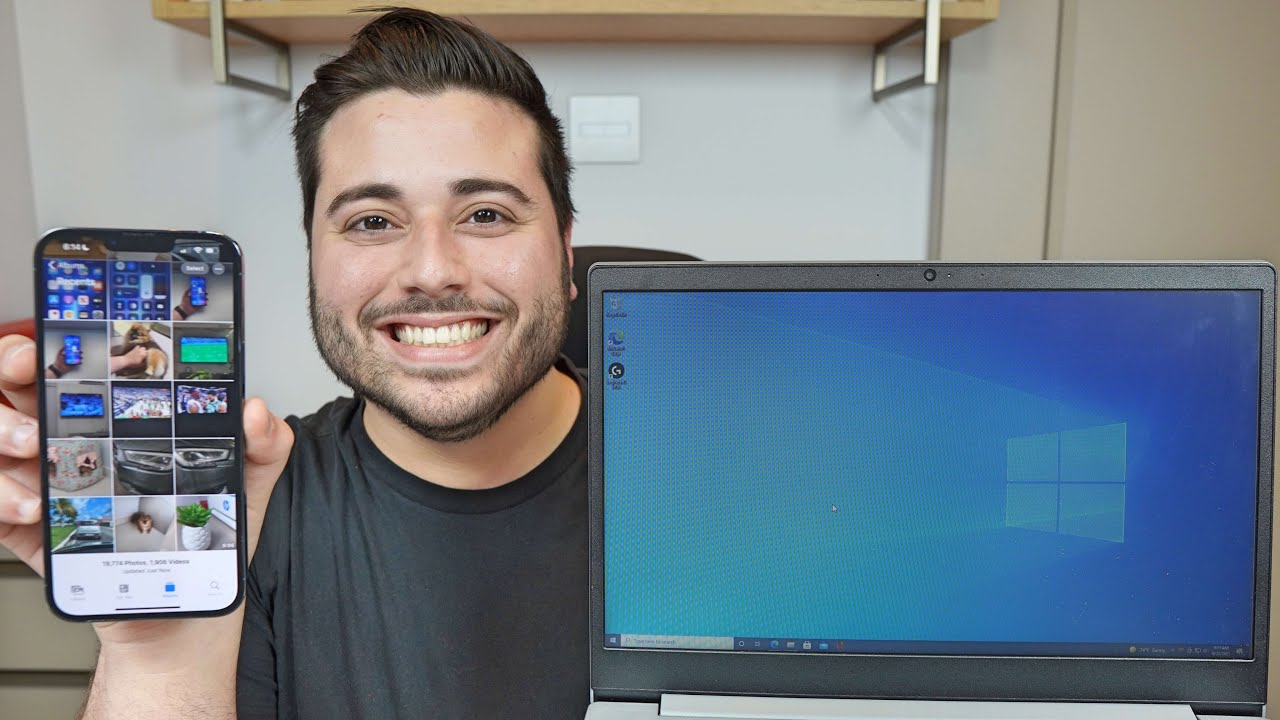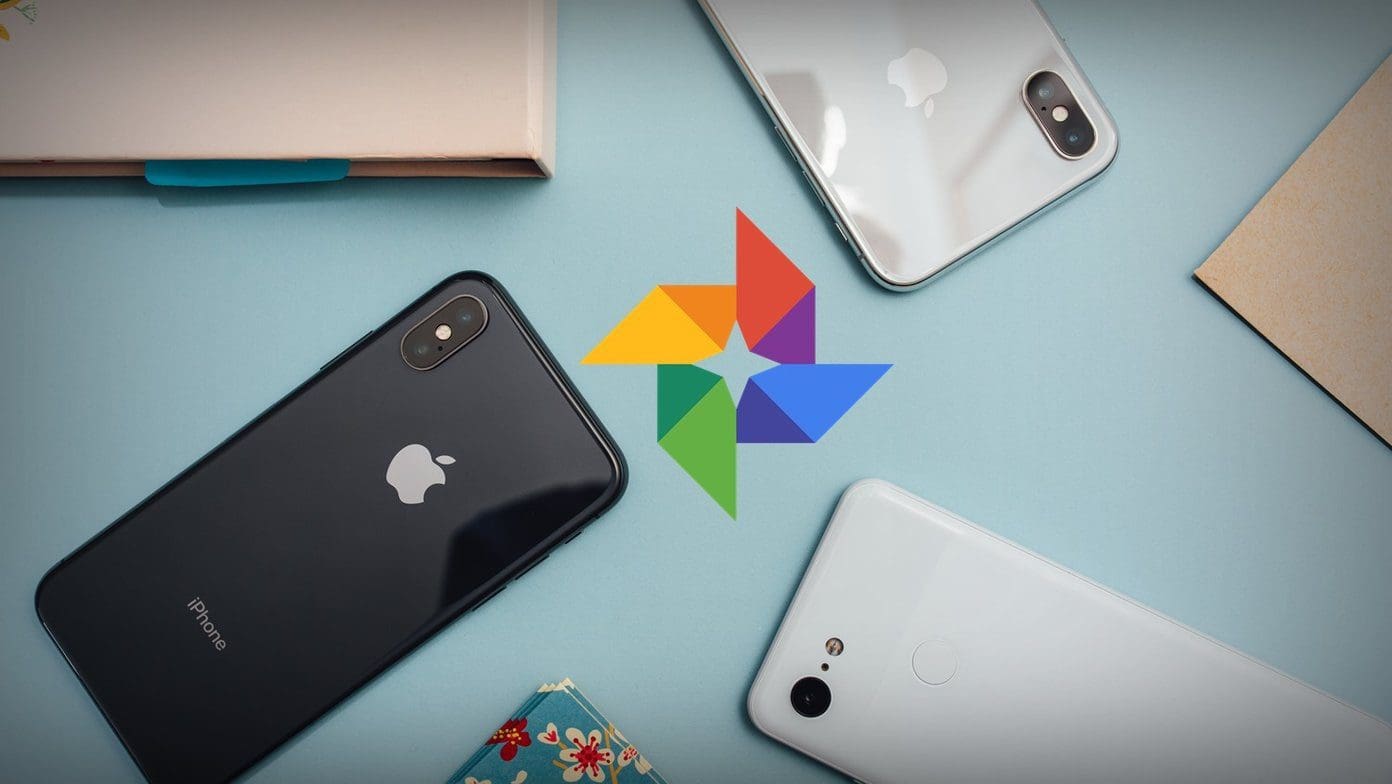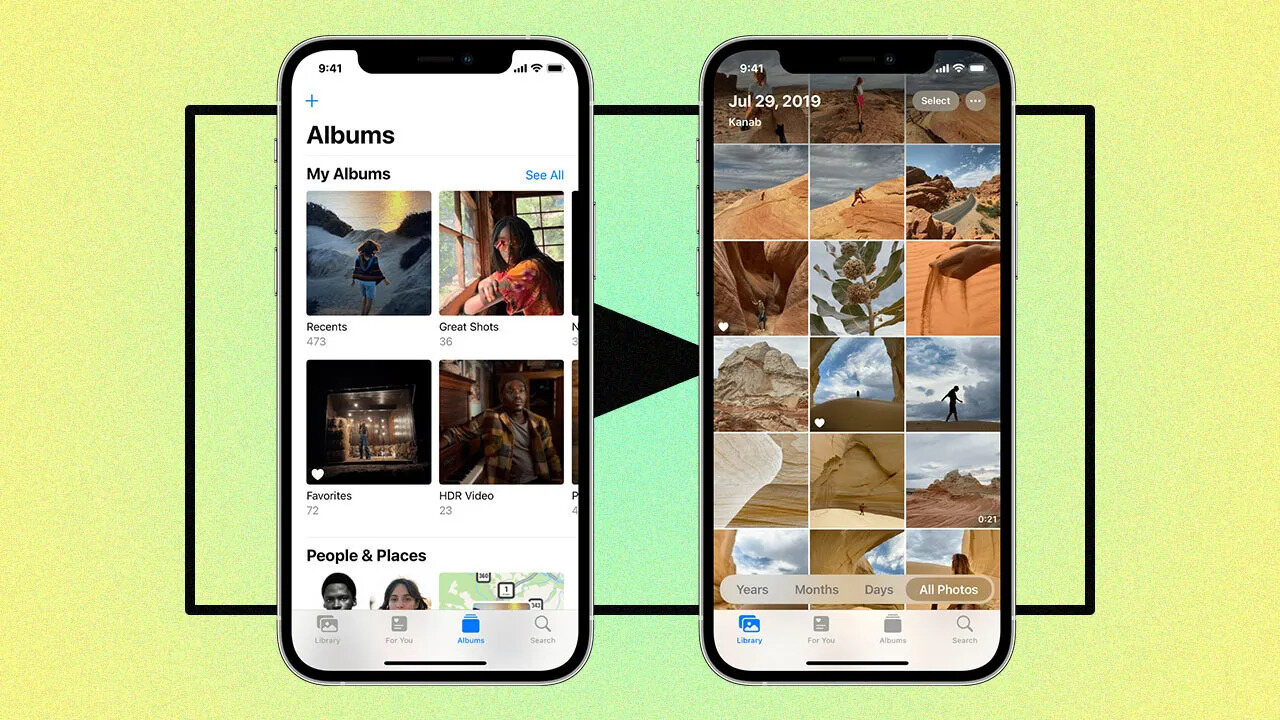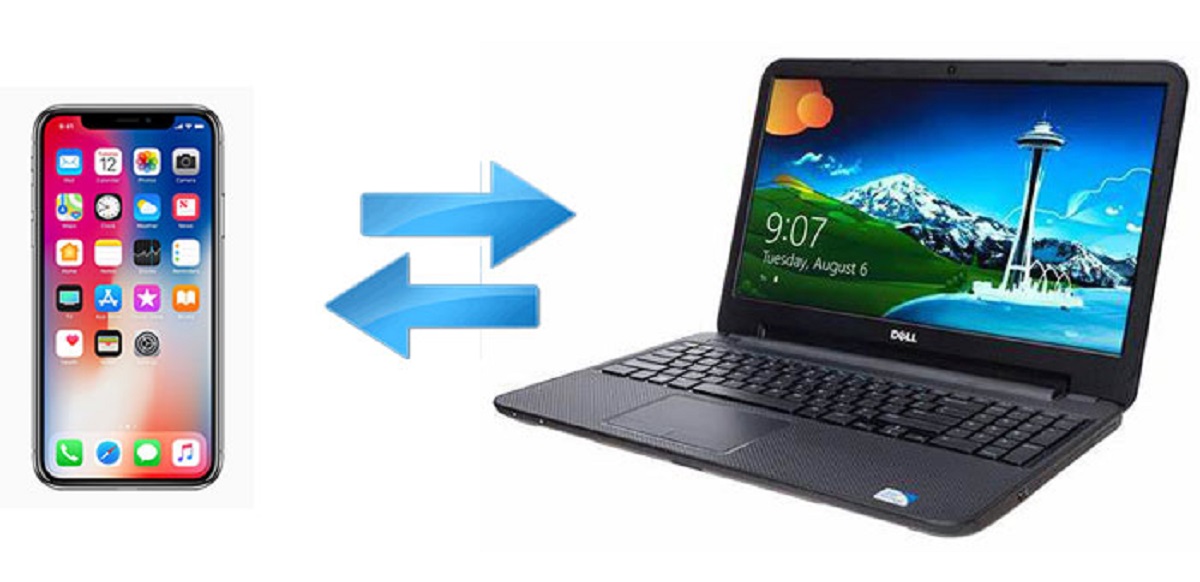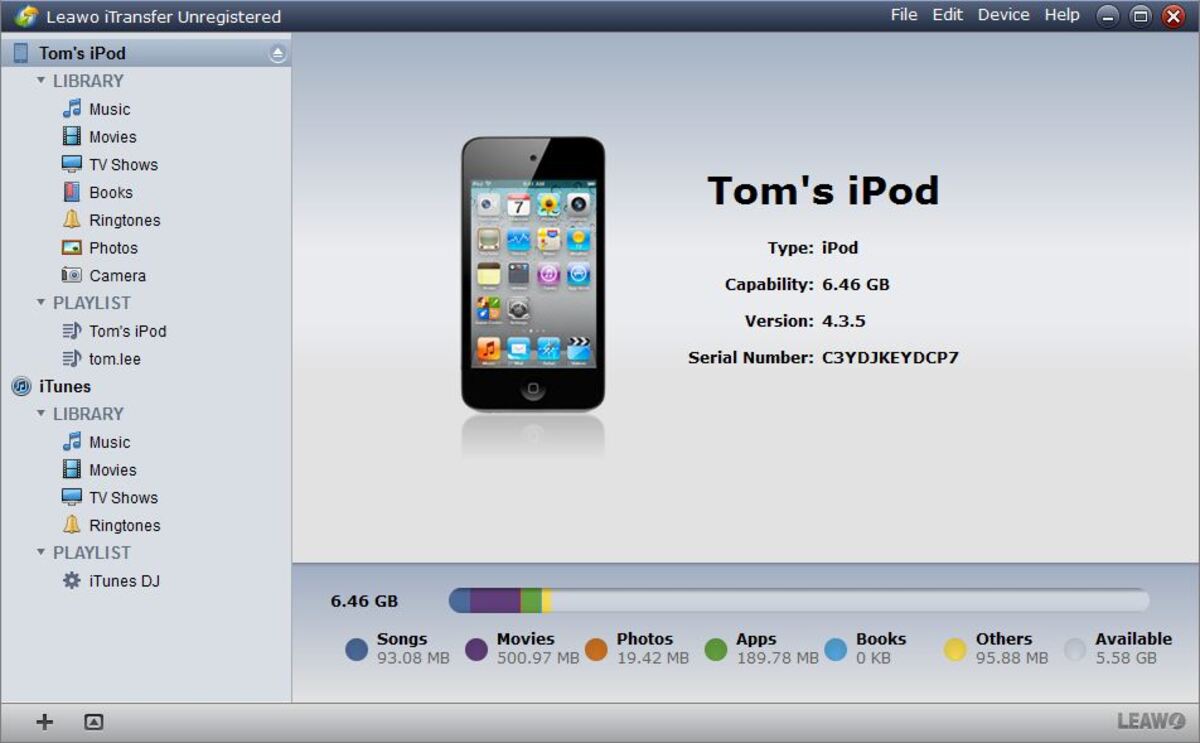Technology has revolutionized the way we live one way or another. Perhaps, try asking yourself, when was the last time you leave the house without a mobile phone or eat without taking a photo first? As convenient as a mobile phone may be, it has its downside too. May it be the limitation of your iPhone storage capacity or screen size, you can’t help but wonder how to you can deal with these problems effectively. So, to free up your iPhone memory storage, you can choose to transfer photos from your iPhone computer or delete them permanently. Here’s exactly how you do it with or without the presence of iTunes.
1. Transferring Photos From iPhone to Computers Through iTunes
Transferring photos from your iPhone to your computer through the use of the iTunes app is one of the easiest method out there. When you’re an iPhone user, it’s probably Apple’s rule of thumb to install the iTunes app in your computers for all iPhone-related problems. When you need to transfer photos to the computer via iTunes, the app will automatically sync all pictures between your iPhone and your laptop or desktop. However, it only copies those pictures that are saved on your smartphone but not on your computer. To do this, follow these steps:
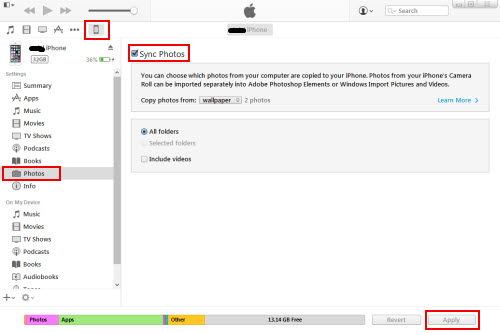

- If you don’t have the iTunes app installed on your PC, click here for the installation file. Otherwise, proceed to the next step.
- On your computer, double-click on the iTunes app icon to launch.
- Using a USB cord/cable, connect your iPhone to your laptop/desktop.
- Click on the device’s icon located on the top left part of the iTunes main panel.
- Then, click on “Photos” from the selection located in the side menu.
- Tick the “Sync Photos” checkbox on the main panel.
- Choose “All photos and albums.” You can also specify selected albums or photos from your iPhone.
- Once you’ve selected a range of photos/albums, click on “Apply.”
- Click on “Done” when the syncing progress has been completed.
2. Transferring Photos From iPhone to Computers Through Windows Explorer
Also known as File Explorer in other Windows computers, the Windows Explorer is another method to transfer photos from iPhone to your computer. This method doesn’t require the iTunes app or any third-party software. Through this method, all your photos and videos will be stored in one folder instead of per album. As a result, it’s more difficult to manage all your pictures and choose the best photos for transferring.
If you’re using this method, follow these set of instructions on how to transfer photos from iPhone to your computer using Windows Explorer:
- Using a USB cable or cord, connect your iPhone to your Windows desktop or laptop. Ensure that you’ve unlocked your iPhone.
- When you’re prompted with a dialog box saying “Trust This Computer?”, tap on “Trust” on your iPhone.
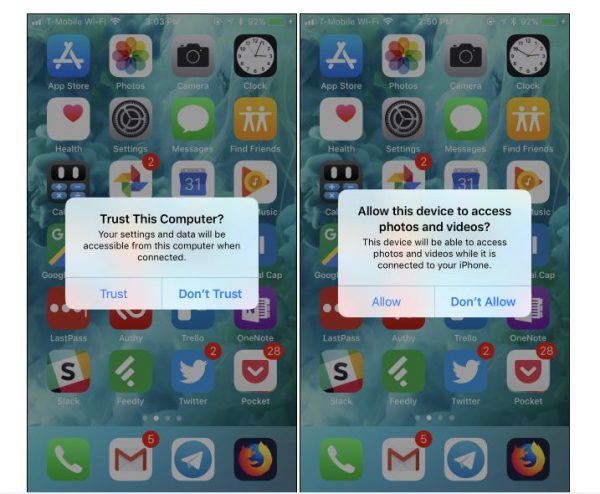

3. On your Windows desktop or laptop, open My Computer.
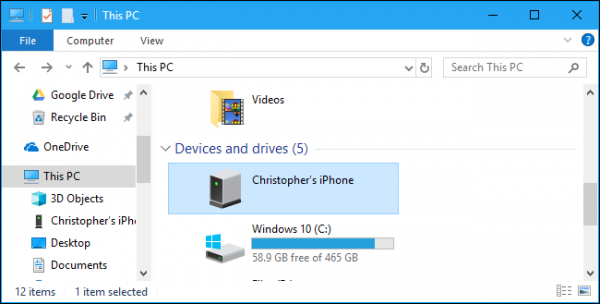

4. From the Windows Explorer panel, you should have your iPhone under the “Portable Devices” section.
5. Double-click on that folder to open the file. You will see the “DCIM” folder.
6. Open the DCIM folder.
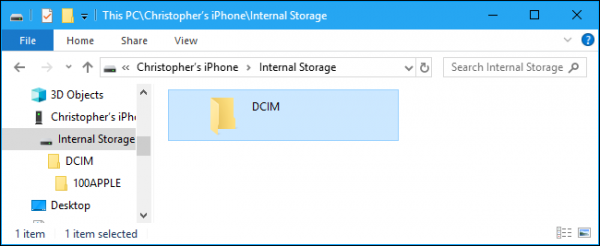

7. Select your expected photos from your iPhone. You can either select all photos or multiple-select your photos.
8. Right-click on the selected files or you can tap “Ctrl + C” on your keyboard to copy these photos.
9. Paste these images on your desired folder by selecting “Ctrl + V” on your keyboard.
3. Import Photos and Videos From iPhone to Windows PC
Under the same section of transferring photos from iPhone to your computer using Windows Explorer is through the import method. To perform this process, here are the steps:
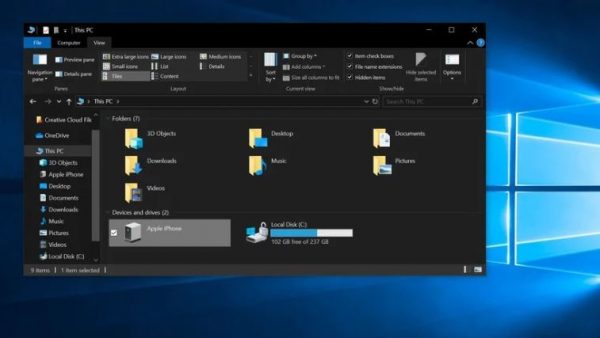

- Unlock your smartphone.
- With a USB cable or cord, connect your iPhone between your desktop or laptop.
- When prompted with the “Trust This Computer?” dialog box on your iPhone, tap on “Trust.”
- Open File Explorer or Windows Explorer.
- On the left navigation, double-click on “This PC” or “Computer” depending on the Windows version running on your PC.
- Right-click on your iPhone’s device name.
- Click on “Import Pictures and Videos.”
- In the pop-up panel, click “Review, Organize and Group Items to Import” or “Import All New Items Now.”
- Depending on your preference, the first one will display a list of files grouped accordingly. You can choose multiple files and/or folders that you want to import. Otherwise, selecting the other option will immediately start the importing process.
4. Transferring Photos From iPhone to Computers Through AutoPlay Feature on Windows
Through the AutoPlay feature, it’s similar to transferring photos from iPhone using Windows Explorer. Also, in this process, you must ensure that your computer’s AutoPlay feature is activated.
Here are the instructions to follow if you’re using this method instead:
- With a USB cord or cable, connect your iPhone to your PC.
- Once you’re prompted with a “Trust This Computer?” pop-up on your iPhone, tap on “Trust.”
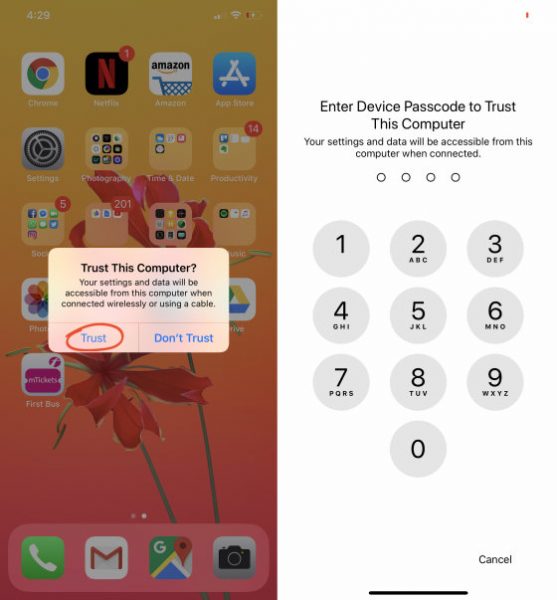

3. From your Windows PC, an AutoPlay pop-up is displayed prompting for your action.
4. Under Device Options, click on “Import Pictures and Videos.”
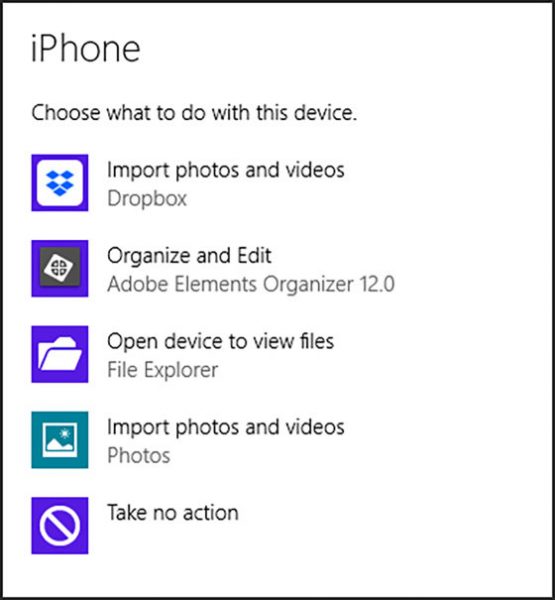

5. Click on “Import Settings” so you can specify the folder path for saving your photos and/or videos.
6. Then, click on “Browse” when prompted with the “Import Images To” for folder path specification.
7. Click on “OK” once you’ve specified the folder location or name for your photos and videos.
5. Transferring Photos From iPhone to Computers Through iCloud
Another platform for transferring photos from iPhone to any computer without the iTunes app is using iCloud service. It’s Apple’s official storage platform for backing up files on your iOS devices; however, we will be using this method for transferring photos to your PC as well. Take note, you need to perform some prerequisite steps before you’ll proceed with the actual file transfer.
Prerequisites
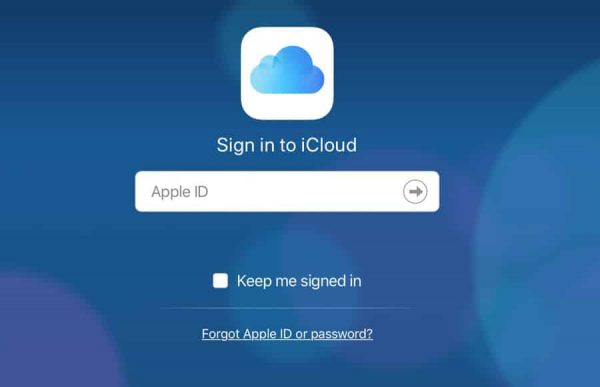

- Unlock your iPhone and open the Settings app.
- Once you’re in Settings, tap on your Name/Apple ID > iCloud
- Tap on “Photos” and toggle on “Upload To My Photo Stream”
- Depending on your preferred method, please proceed with the applicable steps.
Through iCloud Control Panel
Mac
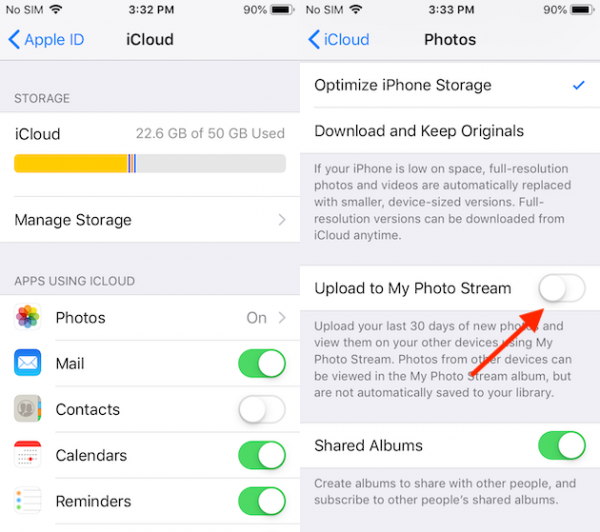

- Click on “System Preferences…” by selecting the Apple logo on the top-left part of your screen.
- From the System Preferences dialog, click on iCloud.
- Sign in to your iCloud account.
- Select “Options…” beside Photos.
- Tick the “My Photo Stream” checkbox.
- Click on “Done.”
Windows
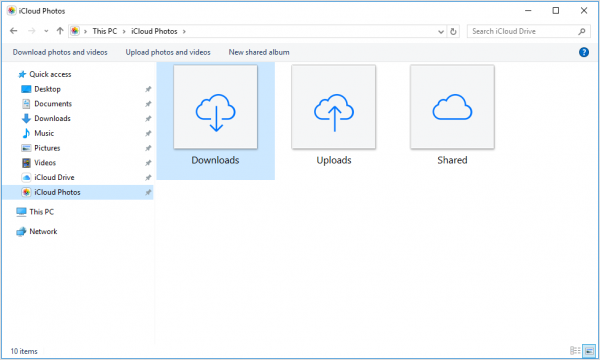

- If you don’t have the iCloud for Windows on your PC, click here to download the installation file and run it on your Windows computer.
- Open the iCloud for Windows app by double-clicking on it on your computer.
- Sign in to your iCloud account.
- Select “Options…” beside Photos.
- Tick the “iCloud Photo Library” checkbox.
- Then, tick the “Download New Photos and Videos to my PC” checkbox.
- If you want to modify the folder path for your photos, click “Change…” from Step #6.
For both Mac and Windows, your photos from your iPhone will automatically be copied or synced to your PC when you’re connected to an internet or Wi-Fi network.
Through iCloud Web Version
If you don’t want unnecessary apps on your PC, you can try using the iCloud’s web version. To perform this method, follow this step-by-step instruction.


- Open a web browser and type “iCloud.com” on the address bar.
- Input your Apple ID and Password to sign in to your iCloud account.
- Select “Photos” from the main menu.
- Choose your preferred photo/s that you’d like to transfer from your iCloud account to your computer. Press “Alt” on your keyboard for multiple selections of pictures.
- Once you’re done with choosing your photos, click the download icon from the top-right menu. The download icon in iCloud is a cloud with an arrow-down icon.
- Click on “Download.”
6. Transferring Photos From iPhone to Mac Through AirDrop
With an internet or Wi-Fi network, Apple’s AirDrop feature makes transferring photos from your iPhone to any computer possible and easier. That said, you need to have all devices such as your iPhone and/or iPad as well as your MacBook connected to a Wi-Fi network.
Also, the AirDrop feature is only compatible with 2012 or higher Mac versions. It works on a MacBook running on OS X Yosemite or later to transfer photos between your iPhone to your computer. If your devices didn’t meet the minimum system requirements, you may proceed with other alternatives mentioned in this article.
If you’re interested to proceed with this option, here are the following steps:
- Launch the “Photos” app on your iPhone.
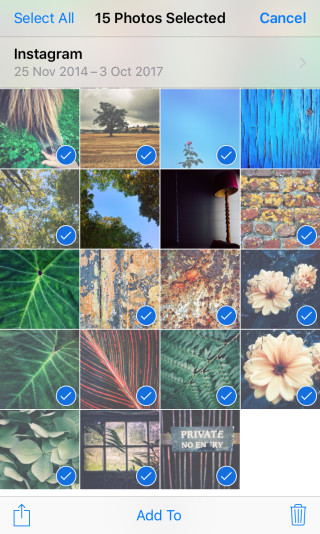

2. Choose your preferred photos that you want to transfer to your MacBook.
3. On the lower-left part of the screen, tap the Share icon. The icon is square-shaped with an arrow-up icon.
4. Tap on the AirDrop icon.
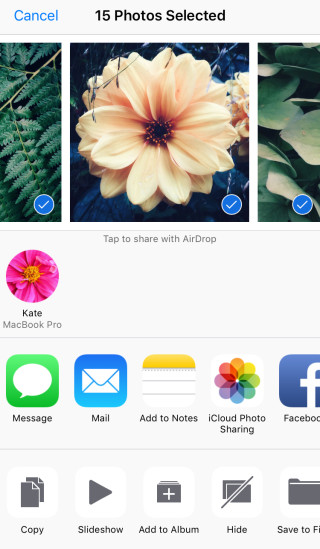

5. Under the “Tap to Share with AirDrop” section, tap on your MacBook’s name.
7. Transferring Photos From iPhone to Computers Through Email
It’s more convenient to transfer photos from your iPhone to your PC through your personal email. You can just send an email with the attached photo/s from your iPhone, send it to yourself, open your email through your computer, and download these photo/s. If you don’t want to spam your email, you can proceed with other alternatives. To perform this method, here are the steps:
- Open the “Photos” app on your Apple smartphone.
- Open the photo album containing the photos that you want to transfer from your iPhone to any computer.
- Once you’re done with the selection of photos, tap the Share icon on the lower left-most corner of the screen.
- Tap on “Email.”
- Input the necessary information such as email recipients.
- Tap on “Send.”
- Open your email account on your PC and download the photos or attachments from the expected email.
8. Transferring Photos From iPhone to Computers Through Cloud Storage Platform
Aside from the traditional methods mentioned in this article, Microsoft OneDrive, Google Drive, and Dropbox are some of the major cloud storage platforms that can be used to transfer photos from your iPhone to your PC. However, it’s not always recommended, especially if you have massive files to transfer. Due to storage limitations, you can only transfer your most important photos and videos with cloud services, unless you’re on premium subscriptions. These platforms have 2 GB, 7 GB, and 15 GB worth of free storage on Dropbox, OneDrive, and Google Drive respectively. For all platforms, an internet connection is required for transferring photos to your PCs.
Dropbox
If you don’t have it yet, download and install the Dropbox app on your iPhone/iPad as well as the Dropbox app on your computer.
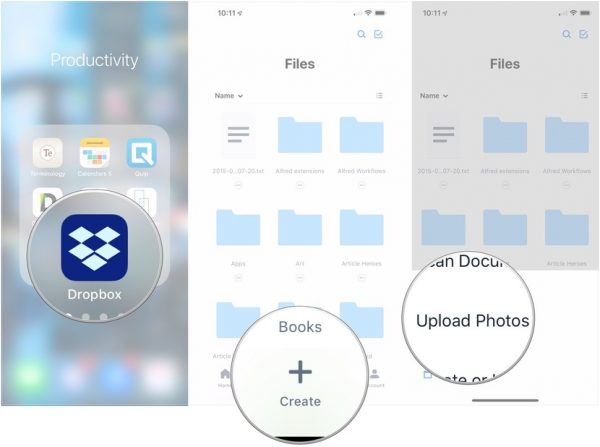

- Once you have everything downloaded, launch the Dropbox app on your iPhone.
- Sign in to your Dropbox account.
- Tap the “+” icon.
- Then, tap Upload Photos.
- Select the photos that you’d like to save on your computer and upload them to your Dropbox account.
- Open the Dropbox app on your computer and sign in to your account.
- The photos you’ve selected from Step #4 will automatically sync on your account.
- Copy and paste these photos to any folder location on your computer.
Google Drive
If you haven’t configured the apps on your devices, download and install the Google Drive app for both iPhone, iPad, and MacBook.
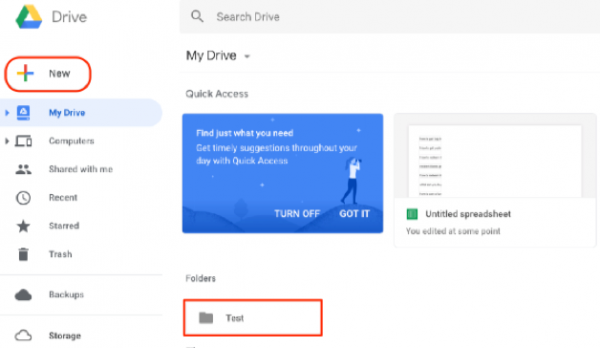

- Once you have everything installed, open the Google Drive app on your iPhone.
- Sign in to your Google Drive account.
- Tap on the “+” icon.
- Then, tap on Upload.
- Tap on Photos and Videos.
- Upload photo/s to your Google Drive account by choosing from the panel.
- Open the Google Drive app on your PC and sign in to your account.
- Locate the “Google Drive” folder on your computer.
- Verify if all selected photos are successfully transferred to your Google Drive account.
Transfer Photos At Ease Today!
In a nutshell, it’s always recommended to know the various methods on how to transfer photos from iPhone to computer – with or without the iTunes app. Indeed, it is considered one of the best practices to make regular backups of your treasured memories or even files in case of unforeseen software glitches. One of its advantages is freeing up space on your iPhone to make way for new ones. You may follow any of the comprehensive methods we’ve described in this article. There’s definitely one that works best for you.
Which of these alternatives do you prefer? Also, we’re open to any suggestions that we might’ve missed in this article. You may contact us or feel free to let us know in the comment section below!











